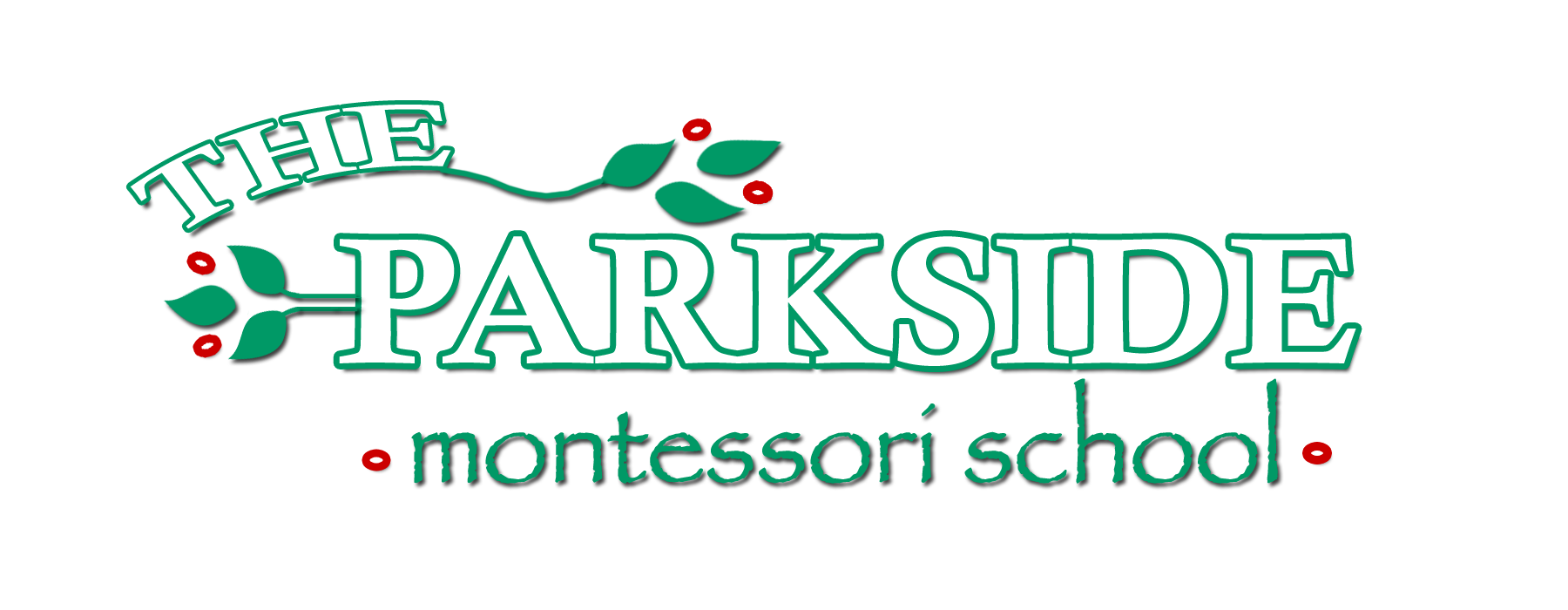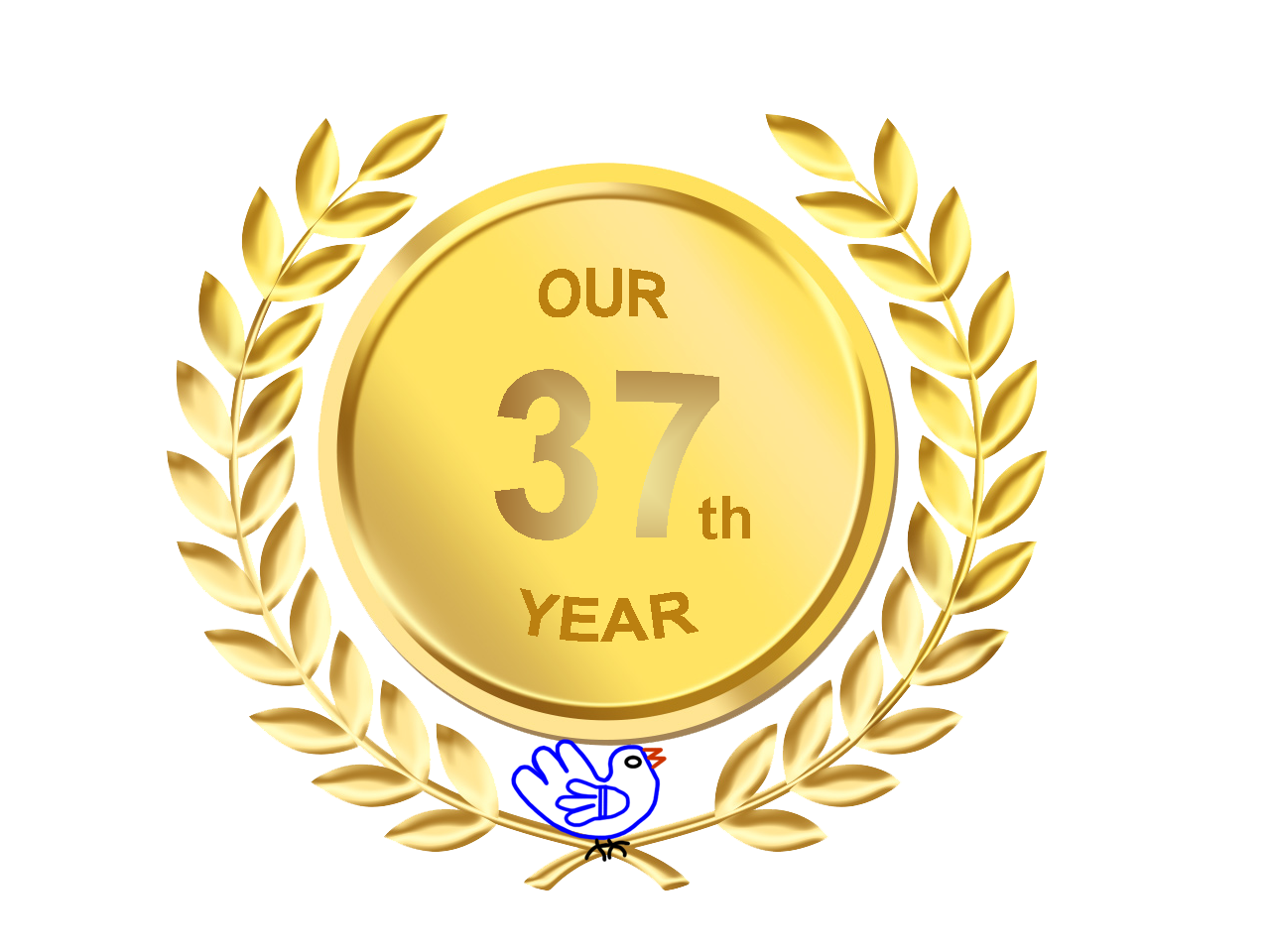The Parkside Montessori School
53 Norwood Avenue
Upper Montclair, NJ 07043
973-509-7379
parksidemontessori@gmail.com


NEWS






.
“The instructions of the teacher consist then merely in a hint, a touch - enough to give a start to the child. The rest develops of itself.”
Dr. Montessori’s
Own Handbook
.
February is a relatively short month compared to the just completed five weeks of January. But it is a month where we continue to offer new exercises in all curriculum areas. It is also the month in which we begin our study of Birds. Certainly the children, for a little longer, are still enjoying working with our baskets of dinosaurs and other dino materials, but in the past they have also shown great interest in learning about birds during the month of February. We have started to bring in shelf materials related to this theme.
As mentioned last month, February begins with our discussion of the legend of the Groundhog and how this relates to winter’s end and spring’s beginning. On circle, in an elaborate and dramatic way, we tell the story of the legend of the groundhog. We have named our groundhog Parkside Pete. As always, we use special materials to illustrate…a large stuffed groundhog, a flashlight, and a large piece of brown rug which serves as the ground. Then in a darkened room we show our furry friend emerging from hibernation to check out the weather conditions above the ground. As legend has it, if the sun is shining and he sees his shadow (our flashlight shining above him on the rug), he becomes frightened not realizing that it is his own shadow, and he scurries back down into his winter home. This indicates that there will be 6 more weeks of winter. However, if it is cloudy and he does not see his shadow, he is unafraid and he begins to wander about looking for food. With this scenario, as the legend goes, there will be an early spring. The children get really excited (squealing and laughing) as we show both possibilities on circle. While we do refer to the story as a legend, it does help our students understand seasonal changes and the transition from winter to spring. This year, unlike last, the different regional groundhogs, Punxsutawney Phil, Staten Island Chuck and Essex Edwina, did not see their shadows, so we can all hope for an early spring! Is there really a correlation between what happens on February 2 as the various groundhogs emerge from hibernation AND the actual onset of spring? Probably not, but we do have fun doing it each year!
As with all of our monthly themes, our study of Birds incudes lots of concrete learning tools. Over the years we have collected from the Audubon Society many different kinds of stuffed birds. They are true to life in color and shape, but they also, when squeezed, emit the actual sound of that particular bird. Each classroom has its own basket of birds which are gradually introduced on circle. It has always been true that a young child has a tremendous capacity to absorb and retain information, particularly when they have the opportunity to look at, touch and hear the birds. After a couple of weeks into bird study after we have talked about quite a few birds, we play a game where the children close their eyes and we squeeze the bird asking them to identify which bird it is, a true Sensorial exercise. They have a lot of fun with this, and also with hearing about the different characteristics of each bird….the noisy and sometimes rude blue jay, the beautiful cardinal whose song brightens up the winter days, the acrobatic chickadee who can hang upside down, the tiny but very fast hummingbird who not only can fly great distances, but can also fly backwards, and the Parkside favorite, the robin, our announcer of spring…to name just a few. Others include our NJ state bird, the goldfinch, the small and melodic sparrow, the mysterious night-hunting owl and the hungry and raucous sea gull. All of our curriculum areas will include related activities which will further enhance the children’s understanding of birds. We will add bird puzzles and books to our puzzle and library areas. We will be matching and counting birds, and our songs, games and art projects will all reflect our bird study.
As many of you know, each year we designate certain months for certain themes (sea life, dinosaurs, birds, etc). We use the same concrete Montessori materials each year as we work on the various monthly themes, but often each year we will order new materials and/or some of our teachers will create and bring in some new and creative thematic exercises as well. So while the children who were with us last year will probably remember some of what they experienced last February, their understanding, interest, and proficiency in working with the available materials, as well as their enthusiasm, really deepens, which, in turn, fosters an increased sense of confidence. Of course, this is so important in early childhood.
This month (as every month) new Practical Life exercises will come in. This is such a popular area with our very youngest and our very oldest students as well. Celery cutting and shoe polishing (a lost art) will begin. We will also bring in our egg beating exercise, which is an extension of whisking that we began last month. Egg beaters are not something we often see in the modern kitchen, but we find that the kids love to do it when, as with whisking, liquid soap is added to the water which turns to suds as the child turns the handle of the egg beater. It is a great exercise to strengthen the child’s small motor skills and eye-hand coordination. We will also do color mixing with a whisk replacing last month’s whisking soap into suds. A perennial Practical Life favorite has always been dishwashing, and it will start this month. Two children will set up basins, soap, brushes and towels to wash and then dry real dishes and silverware. They enjoy doing this work together, again fostering real positive and productive social interaction.
Since we are doing color mixing in Practical Life, we will add a color exercise to Sensorial in the form of the third color box. In this exercise the children match and then shade color slides on a mat. It is a somewhat difficult exercise, but one that greatly enhances visual discrimination skills.
Presidents’ Day takes place in February, and we will be retelling simple stories and reading books about our Presidents, especially George Washington and Abraham Lincoln. There will be matching exercises, puzzles and art projects related to this. Also in February, we celebrate Valentines Day. It is a good time to continue to discuss being caring, kind and helpful to family and friends…the message of our ongoing Peace curriculum. We will provide labeled white bags outside of each classroom which will hold Valentines for each student. If your child would like to send in Valentines, please bring in about two dozen in a Zip-Lock bag with your child’s name on it. Do not address the envelopes, but have your child sign or you sign the card inside. The teachers will distribute the cards to the bags of his or her classmates.
Towards the end of the month, as a fitting finale to our bird study, we start a series of lessons based on a book by Marjorie Flack published in the 1930’s called “The Restless Robin”. Our favorite Parkside bird, the Robin, will begin the long journey north to New Jersey after spending the winter in the warmer and sunnier south. As many of you know from being part of Parkside for a few years, the children will make their own books, each page illustrating the Robin’s progress as he moves up the east coast. Our lessons include discussions of geography, regional weather, important cities (Washington, DC and Philadelphia), and bird migration in general. Again, concrete learning tools play an important part, and these materials include a very large and colorful US map along with props that mark the various stops along the way back to NJ. Hopefully, by the end of March, the robin(s) will appear on the lawn at Parkside. The children get very excited as they complete each page of their book as we all anticipate the arrival of the robin which of course signifies the beginning of spring. Once our books are completed, we will send them home some time in April.
During this short but busy month, we continue to enjoy watching our students work, play and learn and are gratified by all they are accomplishing as we come to the mid-point of our school year. While the teachers set up the learning environment in the form of interesting concrete activities in every classroom area, it is really the children who, by choosing and moving through those exercises, are doing the real work successfully and often independently.
“Movement of the hand is essential.
Little children revealed that the development of
the mind is stipulated by the movement of the
hands. The hand is the instrument of intelligence.
The child needs to manipulate objects and to gain
experience by touching and handling.”
Maria Montessori
The 1946 London Lectures



